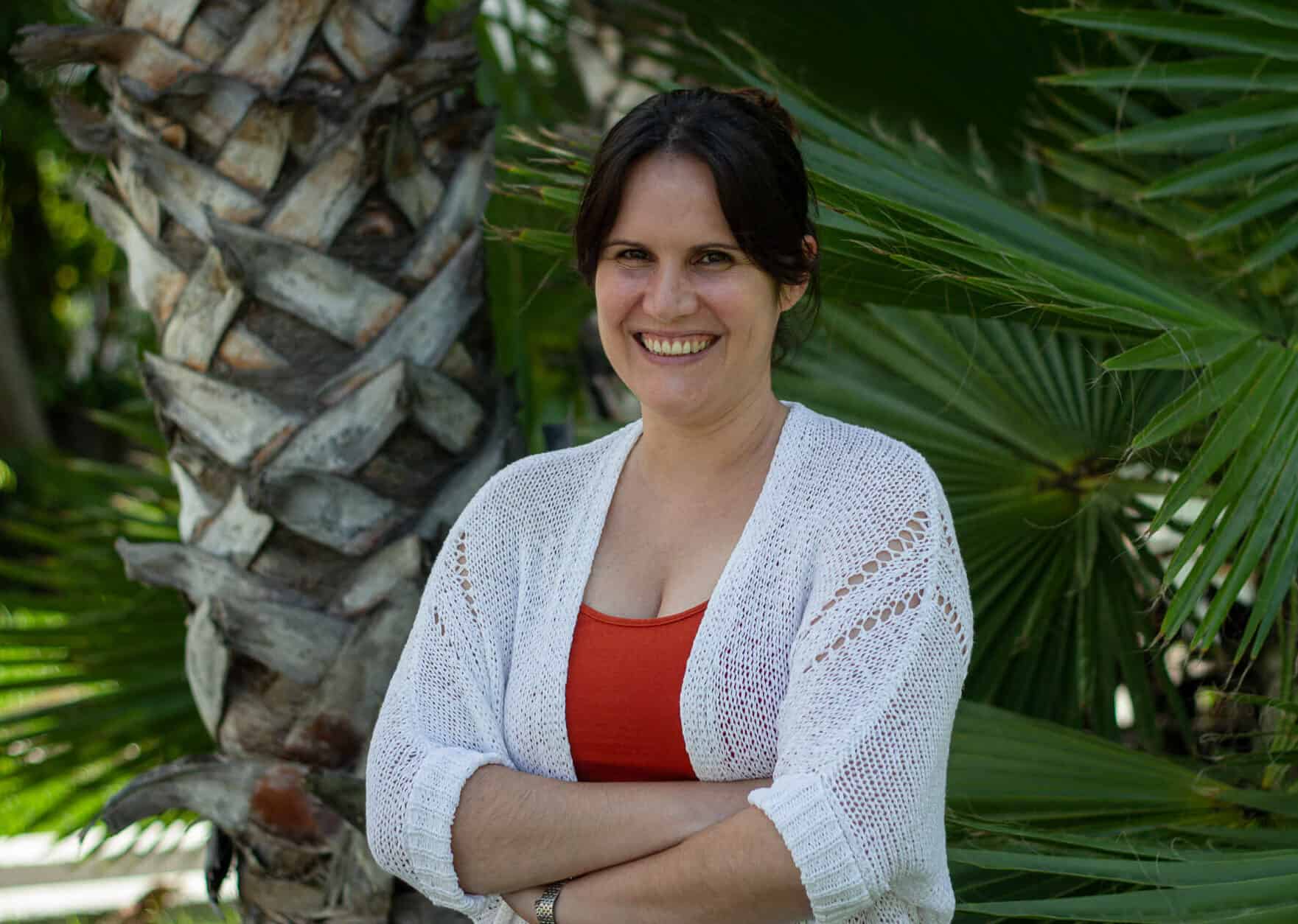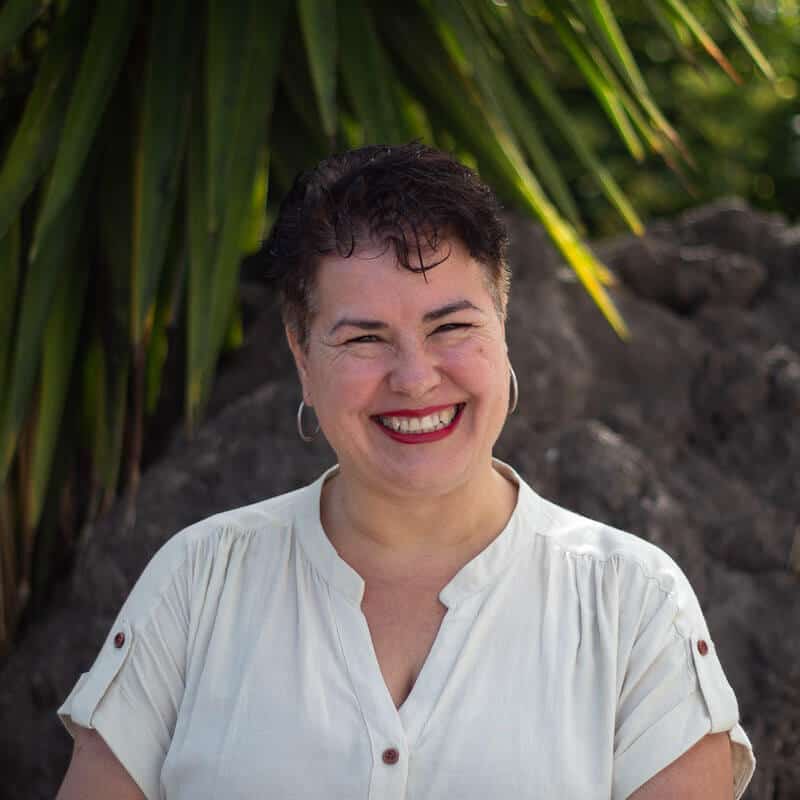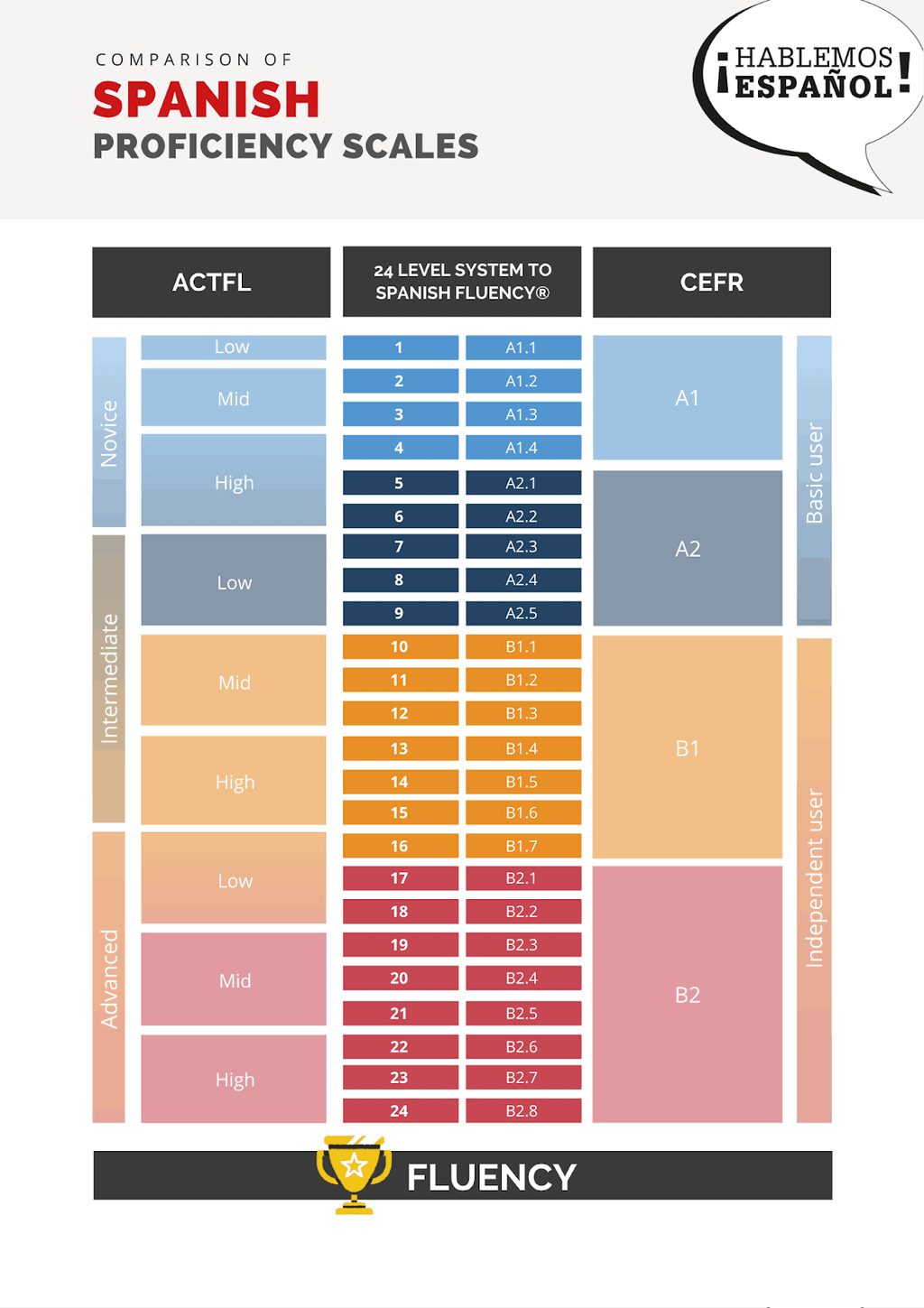The System and the Methods We Use to Teach Spanish

Hello! My Name Is Kateryn,
… and I am the academic director of FU International Academy. Please allow me to introduce you to our system and the teaching methods we use.
At our school in Tenerife we have been teaching Spanish since 2000. When Frank Sellingsloh became the director in 2004, we set ourselves the goal of becoming a school accredited by the Instituto Cervantes. In 2005 the accreditation was finally granted and since then we have maintained and renewed it periodically.
Over the years we have never stopped developing and renewing our methods and processes, which has resulted in a unique teaching system. One of the most important elements of our system is our European Framework of Reference for Foreign Languages (CEFR) classification into 48 sub-levels covering levels A1, A2, B1, B2, C1 and C2.
In 2009, a name was adopted for this system ranging from A1.1 to C2.13: 48 Level System to Spanish Mastery. In 2020, the first 24 levels ranging from A1.1 to B2.8 were given their own name and registered as 24 Level System to Spanish Fluency®.

The Key Elements of Our Spanish Learning System are:

24 Level System to Spanish Fluency®
Before I begin with the specific techniques used in our classes, I would like to give a little more information about the Level System, the axis around which all our processes and methods revolve. I am referring to our 24 Level System to Spanish Fluency®.
For this, we have redistributed the European Framework of Reference for Foreign Languages (CEFR) and the American Company for the Teaching of Languages (ACTFL) into 24 sub-levels.
Each sub-level has specific content, with learning objectives and various activities and exercises to practice. Through a placement test, we ensure that you start at your exact sub-level of Spanish.
According to the CEFR you can reach fluency by the end of level B2, which will enable you to:
- Understand the main ideas of a complex text.
- Interact with a degree of fluency and spontaneity that makes regular interaction with native speakers possible without effort on either side.
- Produce clear, detailed texts on a wide range of topics and explain a topical issue by indicating the advantages and disadvantages of various options.
According to ACTFL, fluency can be achieved at the end of the Advanced High level with the following results:
- Learners at the Advanced High sub-level speak with ease, confidence, and competence.
- They always explain themselves fully and accurately in time frames.
- Although they are comfortable discussing some abstract topics, especially those related to their interests and specializations, they generally prefer to speak concretely about a wide range of topics.
- At high levels of communication, they can confidently use advanced strategies such as paraphrasing, circumlocution, and illustration to compensate for errors in some forms or lexical limitations.
- The language used by high-level advanced speakers is precise and intoned to convey meaning, and is spoken with great fluency, ease, and speed.
The Core of Our System:
Effective Communication as a Top Priority
Our main teaching objective is to enable students to communicate effectively at any language level. Teaching materials and methods are geared toward helping students learn to communicate.
The Language Teaching Methods We Use

An Accurate Grammar Placement Test
Before classes begin, we test your grammatical knowledge using our placement test. With 48 sub-levels, we can place you in a sub-level that is as accurate as possible to your learning needs.
If, for example, you can correctly use the Pretérito Perfecto and Pretérito Indefinido, but you have not yet mastered the Pretérito Imperfecto, this means that you should continue to level 9 (A2.5, Lower Intermediate 3), which is our last sub-level at level A2 (CEFR) or Lower Intermediate (ACTFL).

Cognitive Grammar: Avoiding Memorization of Grammar Rules and Their Exceptions
Grammar is the most effective way to determine your level, but I want you to know that although we explain grammar rules in the classroom, they are not the focus of our classes.
The secret is to avoid memorizing grammar rules and their exceptions. Instead, we must learn the grammatical forms necessary to communicate and use the language correctly.
For example, we present a communicative need (how to give advice in Spanish, how to express wishes or how to compare the past with the present) and then present the grammatical structures that make it possible to communicate in these situations. In short, grammar is learned as a result of a communicative need and not as a list of uses and normal uses of grammatical forms.
This system is called cognitive grammar. Grammar is linked to communicative use, which makes its learning much more logical.

Gamification: Playful Learning
Gamification is always present in our courses. We plan lessons with meaningful objectives and following a task-based approach. The idea is to get as close as possible to the actual use of the language each time you learn and practice new content.
Games and playful dynamics make this process so much fun that, almost without realizing it, you will be speaking to achieve the objectives set by the task.

Meaningful Learning: You Are the Protagonist of Your Learning Process!
The traditional image of the teacher talking to students and giving them information until exam time is unacceptable to us. Our teachers will assume the role of facilitators in our classes.
In our pedagogical system, it is important that the student manages his or her own path to learning. The teacher is only there to help direct the student's process and facilitate learning. How do we achieve this?
- We encourage active participation, as well as independent and critical thinking of the students.
- We use different teaching strategies to work the contents, because we recognize that each person has a certain way of learning, for this reason we use resources that enhance the capabilities of all students.
- We point out different sources of information and, most importantly, real and meaningful materials that we also find outside the classroom.
- We facilitate strategies for our students to be autonomous, that is, we teach them how to learn.

Cooperative Learning
Our group classes are very dynamic and we make sure that classmates support and help each other. A collaborative environment is created in which everyone can contribute to the class.

The Flipped Classroom
By encouraging independence in the learning process, you can learn and work on content and assignments on your own before the class begins.
In this way, we use class time to communicate and practice, resolve doubts and clarify questions, instead of dedicating it to exercises and tasks that you can do yourself.
The central idea of this method is to learn by doing and not by memorizing. As its name suggests, it consists of turning what is traditionally done in class upside down.

Spaced Repetition
Using our 24 Level System to Spanish Fluency®, you will easily see progress in your learning. But it is always necessary to review what you have learned in order to continue.
At certain intervals we use the repetition method which, based on the basic functions of memory, allows you to recall information you already know.
This is very motivating because it allows you to connect the information already learned with the new content.

Making Progress Measurable
We place great emphasis on meeting your goals and measuring your progress. To this end, we have created a series of exercises and achievement tests.
First, we determine your level of Spanish through a placement test, according to the 24 Level System to Spanish Fluency®. Knowing where you stand helps both you and your teacher, who will give you specific advice to improve any weaknesses.

Enjoy Learning
Our teachers guarantee that you will have fun while learning Spanish. We are always friendly and motivate you to reach the next level of Spanish in an enjoyable way.
Our team has prepared all the teaching materials to make your next Spanish class an effective learning experience. The videos, audios, texts and exercises used are interesting, exciting, fun and, most importantly, meaningful.
In conclusion, in our system there is a great combination of methods and resources that we are constantly improving because we want you to have the best learning experience. We assure you that you will make great progress and have a lot of fun.

Our Own Didactic Materials
Last but not least, the materials we use in our classes have been created by our team of teachers. Based on our classroom experience, we have been creating and improving our own teaching materials since 2010 for our face-to-face and online classes.
In 2018 we started to develop an online self-learning Spanish course called COMBI, which includes infographics, webinars, podcasts on various topics, interactive auto-correction exercises, vocabulary videos and also explanatory videos with examples, audios and much, much more.
We continue to develop and improve our system and create materials for the classes, which is why in 2021 we started to produce our own class books. Yes! We are working on 24 books that correspond to our 24 sub-levels (from A1 to B2). These are books with the specific contents of each level in which you will find explanations, infographics, audios, videos and exercises created by our teachers exclusively for you.
Are you excited to enroll in one of our courses?



